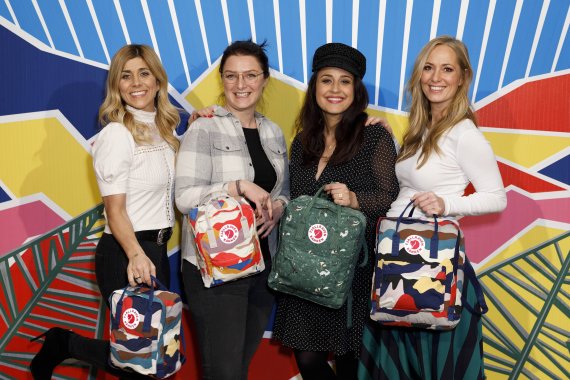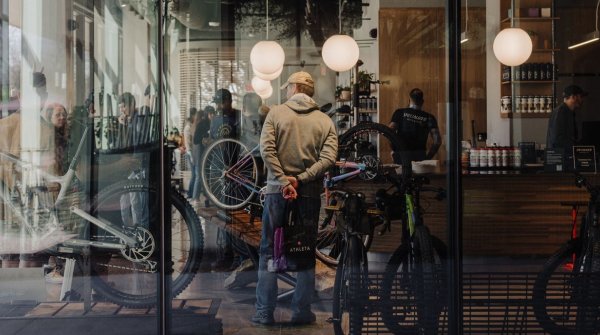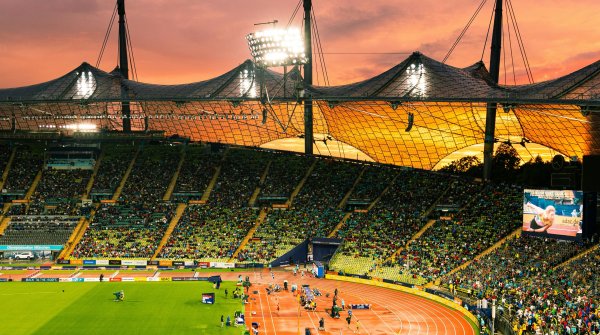
The name of the Bergans brand comes from the name of the Norwegian founder Ole Ferdinand Bergan (1876-1956), whose signature is still part of the Bergans logo today. In 1908 Bergan laid the foundation stone of the Norwegian company Bergans with the development of a frame backpack.
During a hiking tour he is said to have bent juniper branches into a U-shape in order to attach them to his rucksack in such a way that the weight is not solemly on his shoulders. After the tour he rebuilt this with a metal construction. The first Bergans product and the brand were born. Bergans steadily expanded its backpack portfolio, and in the 60s the brand began to develop outdoor clothing as well. Today, Bergans is based in Hokksund, Norway and can look back on over one hundred years of company history.
You can find Bergans at the ISPO Munich 2020 in hall A2, booth 216

Deuter is the family name of the founder Hans Deuter. The company has a far-reaching history: Already in 1898 Hans Deuter founded the "Mechanische Segeltuch und Leinenweberei", Augsburg, Oberhausen. It supplied the Royal Bavarian Post Office with sacks and letter bags. From 1919 the company was called "Hans Deuter". Over the years it has changed its product portfolio and company form, the name Deuter stayed.
It is particularly noteworthy how early the equipment brand became an integral part of expeditions: as early as 1928, Willi Rickmer, for example, equipped with Deuter backpacks, tarpaulins and tents, set out on the Pamir expedition. A Deuter backpack also accompanied Franz Brechthold's Nanga Parbat expedition in 1934, as well as Anderl Heckmeier's first ascent of the north face of the Eiger in 1938.Today, Deuter is a world-famous backpack brand based in Gersthofen and part of the Schwan-Stabilo Group.
You can find Deuter at the ISPO Munich 2020 in hall A3, booth 511
Leki originates from the first two letters of the family name of founder Karl Lenhart and the founding place Kirchheim. The Leki Lenhart GmbH was created from Karl Lenhart's wood turning shop founded in 1948 in Dettingen/Teck. He was an enthusiastic skier who was dissatisfied with the quality and functionality of the ski poles at that time.
Lenhart began making ski pole handles and plates himself using his machines, which went into series production in the 1960s. Due to his experience in aircraft construction, he was also able to process aluminium and composite materials, from which he made his first ski poles. In 1970 he went to the market with it. Today, Leki is world-famous as a sports supplier.
You can find Leki at the ISPO Munich 2020 in hall B5, booth 300

Fjällräven is the Swedish word for arctic fox - the animal, that can also be found rolled up in the company logo. It became the name bearer of the company founded in 1960 by Åke Nordin from Sweden because he was so fascinated by the survival artist, that uses its fluffy tail as a blanket so it can effortlessly endure temperatures as low as minus 60 degrees Celsius.
Åke Nordin is said to have built his first wooden frame backpack in his parents' basement as a teenager in 1950. His goal was to have the comfort and enough space to be able to transport the necessary equipment on his expeditions around the Swedish coast near Örnsköldsvik (his birthplace). Ten years later Åke founded Fjällräven at the age of 24. The first product: A backpack with an aluminium frame. Today, the international outdoor company Fjällräven headquartered in Örnsköldsvik belongs to the Fenix Outdoor International AG.
You can find Fjällräven at the ISPO Munich 2020 in hall A2, booth 210

Salewa is the abbreviation for "Sattler- und Lederwaren" - German for "saddler and leather goods". These were the initial product portfolio of the company founded in 1935 by Josef Liebhart from Munich. From the middle of the 50's onwards, Salewa ascended to a mountain sports brands. Inspired among other things by the mountaineer Hermann Huber, who brought in his product ideas.
"Real innovations - for me, for my friends, for the world market", is how Huber from Munich describes the development at the time. Products such as the backpack model Anden or the world's first light crampon in combination with the first South American expedition of Huber in 1955 led to Salewa's establishment on the market. Since 1990 Salewa belongs to the Oberalp Group based in Bolzano, South Tyrol.
You can find the Oberalp Group at the ISPO Munich 2020 in hall A3, booth 300
 Sports BusinessThe future of the bike industry: 6 innovative bike stores
Sports BusinessThe future of the bike industry: 6 innovative bike stores
- ISPO awards
- Mountain sports
- Bike
- Design
- Retail
- Fitness
- Health
- ISPO Job Market
- ISPO Munich
- ISPO Shanghai
- Running
- Brands
- Sustainability
- Olympia
- OutDoor
- Promotion
- Sports Business
- ISPO Textrends
- Triathlon
- Water sports
- Winter sports
- eSports
- SportsTech
- OutDoor by ISPO
- Heroes
- Transformation
- Sport Fashion
- Urban Culture
- Challenges of a CEO
- Trade fairs
- Sports
- Find the Balance
- Product reviews
- Newsletter Exclusive Area
- Magazine





